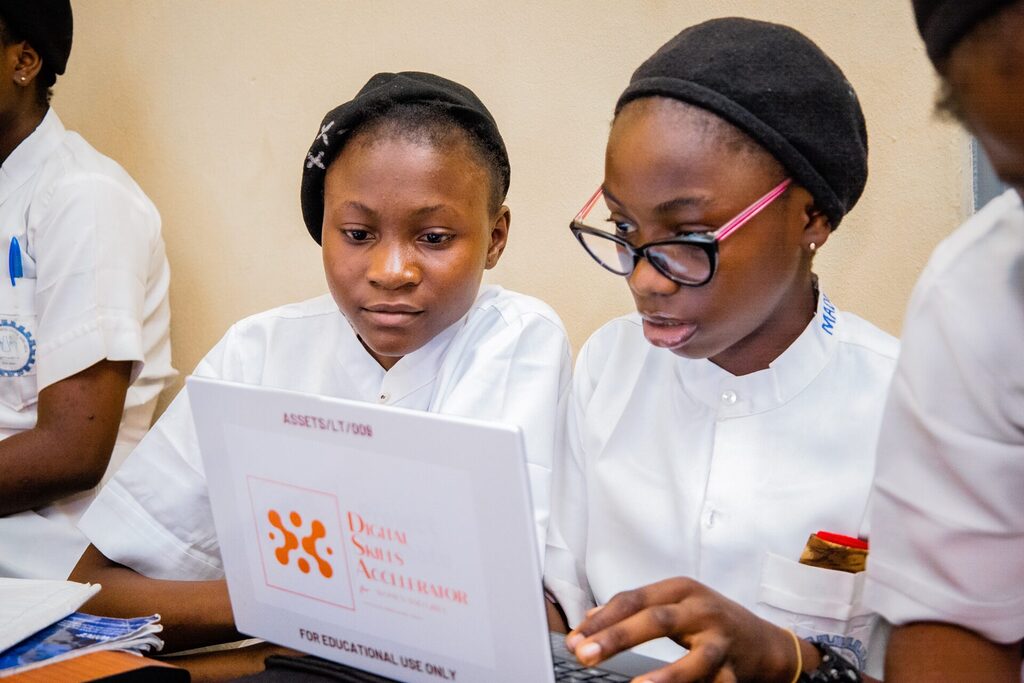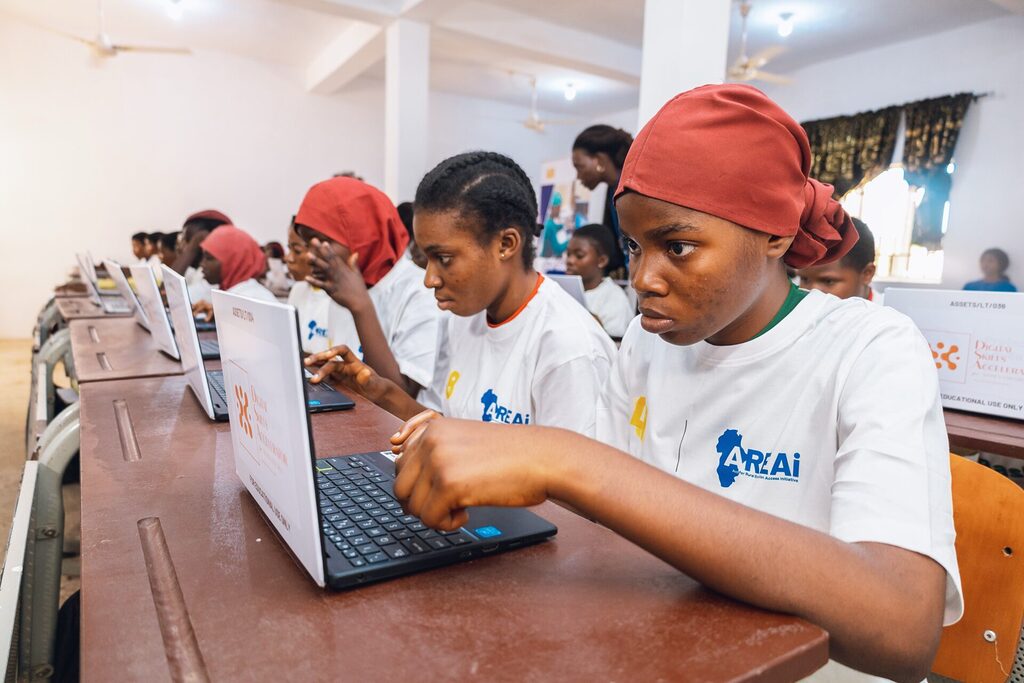
The COVID-19 pandemic was more than a health crisis; it was a global disruption that exposed deep-rooted existing inequalities across many sectors, particularly in education and technology, with the digital gender divide more pronounced.
As learning abruptly shifted online, millions of girls from low-income and marginalised communities were disproportionately affected.
Globally, 2.2 billion children and young people still lack internet access at home, making remote learning almost impossible for many during school closures, with girls mostly affected (UNICEF & ITU,2020)
In a world increasingly shaped by digital innovation, the topic of access to technology, digital skills development and digital inclusion can no longer be seen as optional but a necessity. Gender inequality in digital access and skills is a growing challenge that threatens to deepen existing social and economic divides. Lack of basic digital literacy, including the skills to functionally use the Internet and digital technology, as well as the knowledge of how to do so safely, is a fundamental barrier to internet adoption and the development of the digital economy.
“Digital literacy is more than a skill- it’s a right. And every girl deserves access to it.”
In developing countries, girls are 25% less likely than boys to know how to use digital technologies for basic purposes (UNESCO, 2022), and in Sub-Saharan Africa, only 15% of girls aged 15-25 use the internet, compared to 24% of boys (ITU,2023).
These gaps are heavily influenced by a mix of economic, social, and cultural factors ranging from affordability and device ownership to restrictive gender norms and safety concerns.
At the same time, digital equity cannot exist without gender inclusion. A digital education system that overlooks the unique barriers girls face only reinforces existing inequalities.
Hence, a need for a gender-inclusive approach to digital education.
Digital exclusion is more than a technological issue; it’s a question of access, rights, and agency. Without digital literacy, girls are at risk of missing out on education, economic opportunities, and even access to critical health and safety information.
AREAi’s Digital Skills Accelerator for Women and Girls (DSA) initiative under its Digital Equity thematic focus is a tailored and curated digital skills development programme with a firm focus on the most marginalised, particularly young women who are NOT in Education, Employment or Training (NEET) and adolescent school-aged girls.

In our effort to include women and girls in the ongoing digital transformation, we divided the program delivery into two learning tracks: the Basic Digital Skills for Learning Program for girls between the ages of 13 and 18, and the Advanced Digital Skills for Employability Program for young women between the ages of 18 and 25.
These phased interventions across a combined 9-month curriculum respond adequately to the digital learning needs of both young women and girls in building digital competence and acquiring digital skills through a rigorous skill-based learning approach, with a distinctive peculiarity in the scope, content, and delivery of skills programming for either of these populations.
Our model includes:
This approach ensures that girls and women are not just participants, but active and functional digital learners and future innovators.
Unarguably, giving women and girls access to the Internet and the skills to use digital technologies provides them with the opportunity to access the benefits of our digitally connected world.
Through programs like the Digital Skills Accelerator for Women and Girls (DSA), AREAi is working to bridge this gap by delivering digital education that is accessible, safe, and relevant for girls in marginalised communities.
Digital education holds immense promise for addressing gender inequality, but only if it’s implemented intentionally. At AREAi, our work is grounded in the belief that when we invest in girls, we invest in stronger families, communities, and economies. As we scale our digital equity efforts, we remain committed to creating learning spaces where all children, regardless of gender, can explore, create, and excel in a digitally powered world.
Aid for Rural Education Access Initiative (AREAi) is a non-profit organisation dedicated to transforming education for underserved populations through innovation, access, and equity. With a focus on foundational learning, digital literacy, and skills development, AREAi works to ensure that every child has the opportunity to learn, grow, and lead, no matter their background.
Written by: Elizabeth Abikoye (Director of Digital Communications)